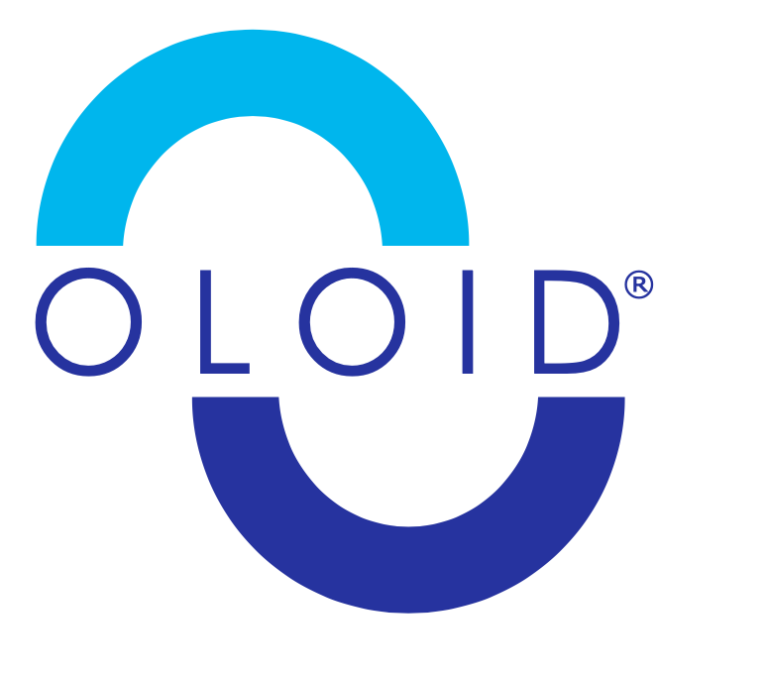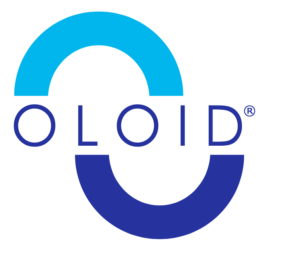Surface aerator
In this process, the OLOID body is not fully immersed in the liquid medium. It makes sense to immerse up to half of the OLOID body. With each stage further outside the medium, the circulation performance decreases, but air is drawn under the water surface and the medium is enriched with oxygen. In addition, the typical waves are created, which increase the surface area of the water.
Advantages of the OLOID as an aerator
OLOID units are circulation units that can also be used for aeration. New water masses are always aerated & there is no short-circuit flow. The generated waves cover a water surface of up to 10,000 m2.
Oxygen-rich water is channelled to the bottom. Anaerobic, biological, sedimented material is homogeneously mixed with the oxygen and the active biology. This stimulates the biological decomposition processes in the sediment (carbon and nitrogen decomposition)
Waters heavily colonised by green algae have a high oxygen saturation in the upper layers at the surface. This water is transported to the oxygen-depleted, deeper layers. Between green algae & the circulating OLOIDS, maximum process optimisation is achieved for treated ponds
An even more effective oxygen input is achieved by bringing oxygen-poor deep water to the surface
This results in an increase in oxygen uptake from the normal 3 gO2/m2*day to 10-12 gO2/m2*day
Circulation & wave formation on a large water surface makes the OLOID technology very interesting for duckweed control and ice control
The energy requirement of the OLOID units in the aerator position is even lower than in the agitator position due to the lower resistance. This makes a combination with solar technology even more economical
The fluid movement of the OLOID means there is no risk of injury to fish



